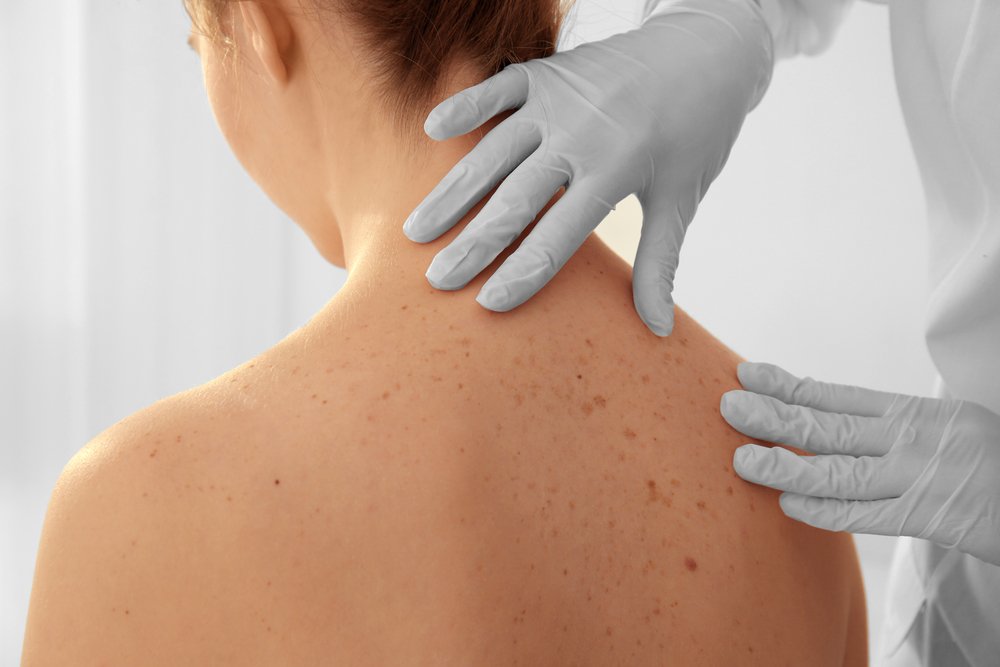Dermatologists give advice on how to get moles under control and stay safe from skin cancer

In summer, we completely forget to take care of ourselves from the UV rays coming from the sun. This can have consequences for the health of our skin. Dermatologists wanted to share their tips for skin care, especially to prevent cancer, controlling the moles that seem suspicious.
When is a mole worth concern? According to various dermatologists, people can have many strange growths on their skin. Most of them are harmless, but it is still important to know the signs and symptoms of skin cancer.
The most common skin cancer is melanoma, which first appears in cells called melanocytes, belonging to the upper layer of the skin. If those cells are damaged by UV rays, melanoma occurs.
Damage to those cells, in turn, can lead to mutations causing the cells to grow out of control. Nearly 80% of melanomas are caused by UV rays, and the damage often shows up in pre-existing moles.
However, melanoma can arise anywhere on the body regardless of whether or not there are moles in that region. Melanomas are more likely to appear in areas that are most exposed to sunlight: arms, legs, face, etc.
Pay attention to the first signs
As a preventive measure for skin cancer, dermatologists recommend knowing and recognizing the symptoms of melanoma on our own skin.
The two signs that melanoma is present are: the change in appearance of an existing mole and the development of a new pigmented or unusual-looking growth on the skin.
That is why dermatologists advise paying attention to the moles that we already have and if new ones have appeared, or another type of unusual growth.
This same process is crucial for detecting another type of cancer that is extremely dangerous: Merkel cell carcinoma.
Merkel cell carcinoma is rarer and more lethal than melanoma. There would be no distinguishing feature, it can sometimes arise from a red lump or as an inflammatory cyst.
How to control moles as prevention of skin cancer?
Dermatologists advise following the pattern “A, B, C, D and E” to identify moles or strange marks on the skin.
“A” is to control the symmetrical shape of the mole. That is, look for changes in the moles or growths that make them asymmetrical. If it is not symmetrical, better consult the doctor.
“B” stands for edge. Here you should evaluate the irregular borders, usually wavy, that are characteristic of melanomas.
“C” refers to color changes. That is, if the color does not vary, or if there are several colors in the same mole.
“D” refers to the diameter. If you have a mole that was quiet and then suddenly starts growing on you, that’s something to get checked out.
“E” stands for evolution and is the most important of the signs. The simple fact that a mole is changing in some way is reason enough to get it checked out. Also, if a mole itches, hurts, bleeds, or is tender, it deserves an evaluation.
When it comes to checkups with a skin specialist, some people will need to see the professional more regularly than others.
Dermatologists recommend attending a consultation once a year, if you do not have a history of skin cancer. And if you have them, or have many moles , it is advisable to have a checkup every 6 months.
People newly diagnosed with skin cancer should be seen frequently for the first year, with skin exams every 3 months.







